
The 2015 Annual Member Conference hosted by the Connecticut Education Network (CEN) draws participants from educators (K-12 and higher ed), municipalities, libraries, local businesses and State of Connecticut agencies.
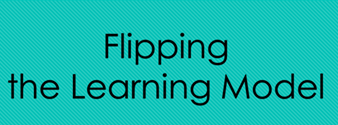
The flipped classroom has been used in different ways for the past decade in education.
More recently, the idea of flipping professional development has been experimented with at schools and in corporate training.
In both cases, the idea is to rethink what we want to spend our time with in face-to-face sessions and how can we move learning before & after those sessions to be more self-directed.
Flipped Exercise
This exercise is meant to flip the professional learning model. If you are planning to attend my session on "Flipping the Learning Model" which is paired with the session on library makerspaces, then I ask you to try this activity BEFORE the conference. By flipping this portion of the learning, we gain time in the session, and get to focus on the portion that I consider to be more critical to the face-to-face learning.
Smartphone Audio Enhancement
Your task is to experiment with one or more ways to increase the volume and sound quality of a smartphone using simple materials and no electronics or additional power. Bring at least one result of your DIY experimentation to the live session.
Look at the samples shown here for ideas, but it would be great to have a few people go deeper and experiment on their own with original designs.
In our face-to-face session, we will test your samples with a decibel meter, and we will discuss how this simple exercise can be applied to the classroom learning.
Here are some questions to consider while you are experimenting with designs.
- What did you learn from your experiments?
- What materials made the greatest improvement in sound?
- What is more important: volume or sound quality?
- How would you define "sound quality?"
- What additional equipment or learning would be necessary for you to go further with this experiment?
- How might you use this exercise (or a similar one) in your classroom?
Resources for the Exercise
lifehacker.com/5912474/the-best-free-diy-smartphone-volume-boosts
makeitatyourlibrary.org/living/how-make-iphone-speaker
lifehacker.com/the-best-free-diy-smartphone-volume-boosts
Classroom Applications
and Resources
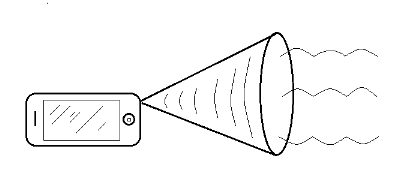
The most common applications of this exercise in a classroom would be for mathematics and physics.
http://greenmountainaudio.com/speaker-math-and-physics/
http://www.loudspeakerbuilding.com/Practical-guide/Basic-Physics/10147,en
The discussion might lead to the differences in designing an enclosure for your phone rather than one that will hold an external (powered) speaker. Should the shapes be different? Are there different audio principles at work?
A new vocabulary needs to be used for this discussion.
For example,
if we look at the "horn loudspeaker" design, we learn that what horns do is to narrow the propagation of sound produced by the loudspeaker. Conventional loudspeakers propagate a lot of sound up, down, left, right, etc. in relation to the axis of the cone. Horns concentrate the sound along the axis, which is therefore louder for the listener (if she is not located extremely to the side). That's why a cheerleader or an emergency vehicle would use the shape.
More technically, another contributor to the higher efficiency of horn loudspeakers is the fact that they are better matching acoustical impedances of the source of the sound and the load (air).
How do speakers work?
http://www.physics.org/article-questions.asp?id=54
How to Measure Decibels
http://www.wikihow.com/Measure-Decibels
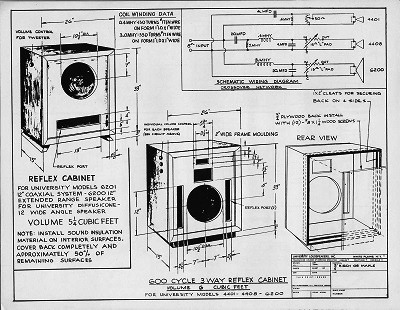
Younger or less experienced participants can discuss how materials affected the sound (paper, glass, wood, ceramic, fabric).
And anyone can listen and be pulled into talking about the quality of the sound - tone, bass, treble, clarity - and realize it is as important or perhaps more important than simply boosting volume.
These projects can be a good entry point into career talk. The majority of students (and many teachers) don't know what the different types of engineering fields are about. We can talk about
acoustical engineering (AKA Acoustic Engineering) which is the branch of engineering dealing with sound and vibration. It is the application of acoustics (the science of sound and vibration) in technology.
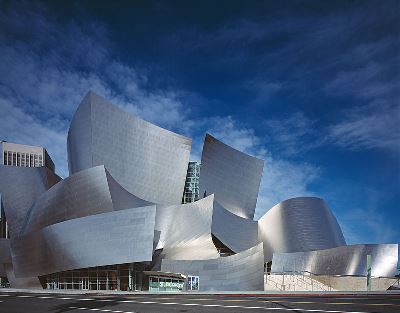
The Disney Concert Hall, designed by Carol Highsmith, is a good example of acoustic engineering being applied to architecture. Of course, it plays a part in many electronic devices such as televisions and phones.
Maker & DIY Resources
Makerspace at the Newark Museum in New Jersey
How the Maker Movement Connects Students to Engineering and Technology
makeitatyourlibrary.org has many activities for kids and adults
makerfaire.com - major maker events
A Librarian’s Guide to Makerspaces: 16 Resources
The Maker Map An online and mobile map of makerspaces in museums, retail outlets etc.
Hackerspaces a directory of events and listing of all active hackerspaces throughout the world as well as a source of information and resources.
Makerspace directory of makerspaces as well as a community and source of information and teacher resources.
Samples

glass
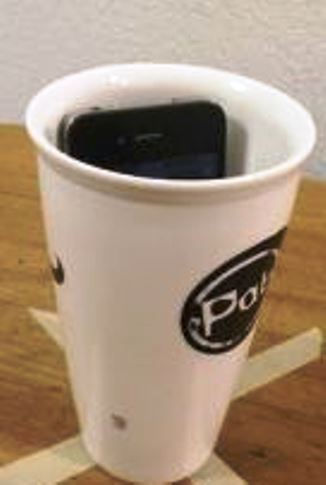
ceramic cup

Pringle's can

paper cone
paper & balsa wood

box and horn (plastic cup & wood)

wooden cylinder
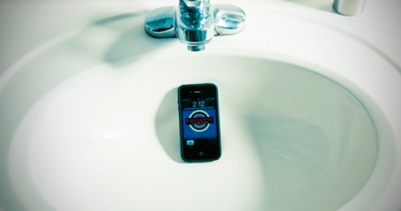
a bowl or sink

constructed bowl reflector